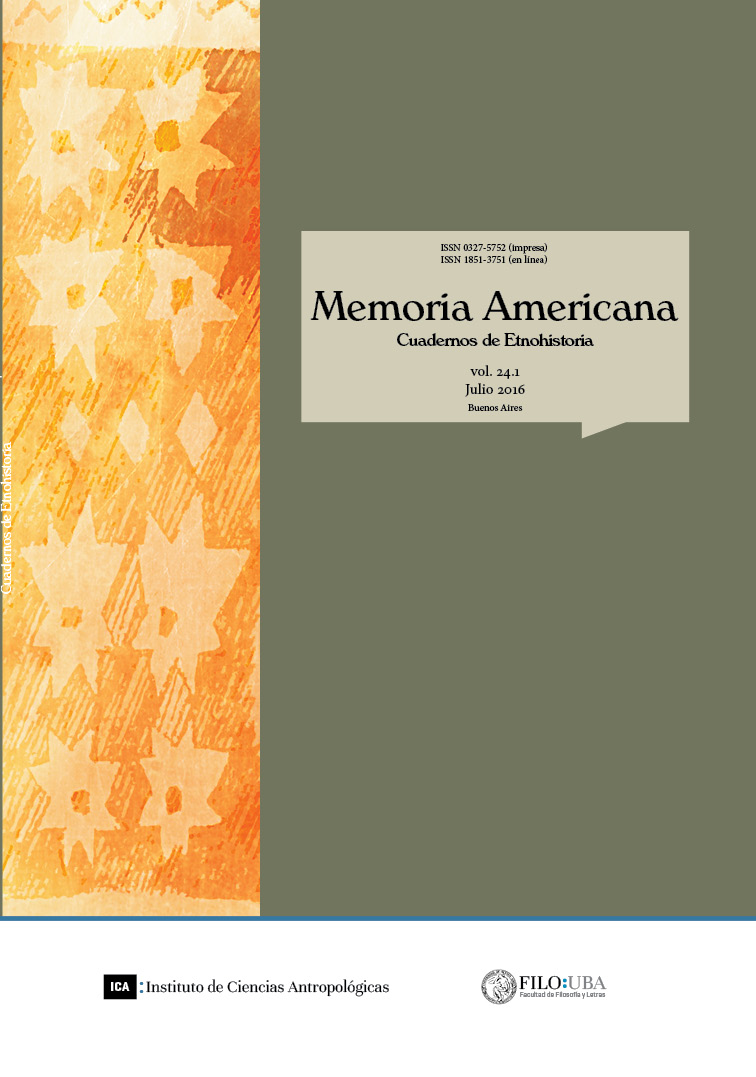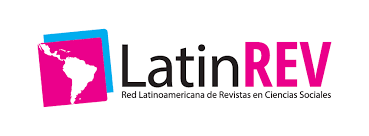Material and immaterial forms of miracle appropriation among the neogranadina population, 16th, 17th and 18th centuries
Abstract
The paper analyzes the forms of production, appropriation and circulation of miracles among the population of Nueva Granada, in the sixteenth, seventeenth and eighteenth centuries. The concept of miracle as a condition of possibility of “the Christian as wonderful”, according to relations or travel diaries written by clerics of different regular and secular orders, who travelled through the territory with missional purposes, was used to draw a typology of the facts identified. The methodology is oriented by a popular look of miracles and studies the production of local saints as a process, the ecclesiastical rhetoric informing about the assistance of these saints in disease, the configuration of tangible and intangible expressions of gratitude and the phenomena of miracle circulation and dissemination at the center of the mentioned territory. Four categories of miracles were identified –of an image on itself, assistance, physical and thaumaturgic- and were classified as impersonal, individual or collective.Downloads
References
Borja Gómez, J. H. (2012). Pintura y cultura barroca en la Nueva Granada, los discursos so¬bre el cuerpo. Bogotá, Alcaldía Mayor de Bogotá/ Fundación Gilberto Alzate Avendaño.
Borja Gómez, J. H. (2008). Las reliquias, la ciudad y el cuerpo social: retórica e imagen jesuí¬tica en el reino de Nueva Granada. En Chinchilla, P. y A. Romano, A. (comps.); Escrituras de la modernidad: los jesuitas entre cultura retórica y cultura científica. Ciudad de México, Universidad Iberoamericana.
Bouysse-Cassagne, Th. (1997). De Empédocles a Tunupa: evangelización, hagiografía y mitos. En Bouysse-Cassagne, Th. (comp.); Saberes y memorias en los Andes. In Memo¬riam Thierry Saignes: 157-212. Lima, CREDAL/ IFEA, Lima. Disponible en Internet: http:// books.openedition.org/iheal/812?lang=es. Consultado el 31 de octubre de 2014.
Carrasco, R. (1986). Milagrero Siglo XVII. Estudios de Historia Social 36-37: 401-422.
Castellote Herrero, E. (2010). Libros de milagros y milagros en Guadalajara (Siglos XVI-XVIII). Madrid, Consejo Superior de Investigaciones Científicas.
Domínguez, M. (2005). ArtisticDis/Placement in Colonial Maracaibo. Delaware Review of Latin American Studies 6 (1). Disponible en Internet: http://www.udel.edu/LASP/Vol6- 1Dominguez.html. Consultado el 31 de octubre de 2014.
Herrera Ángel, M. (1998). Ordenamiento espacial de los pueblos de indios: dominación y resistencia en la sociedad colonial. Fronteras 2 (2).
Le Goff, J. (1999). Lo maravilloso y lo cotidiano en el occidente medieval. Barcelona, Altaya.
Londoño Vélez, S. (2012). Pintura en América Hispana Tomo I: siglos XVI al XVIII. Bogotá: Luna Libros - Universidad del Rosario.
López, M. del P. (2003). El oratorio: espacio doméstico en la casa urbana en Santa Fe durante los siglos XVII y XVIII. Ensayos. Historia y teoría del arte, Bogotá 8 (8): 157-226.
Maldonado, L. (1989). La Religiosidad Popular. En Álvarez, C.; M. J. Buxó y S. Rodríguez, Salvador (comps.); La Religiosidad Popular I, Antropología e Historia. Barcelona, Anthropos.
Muñoz Fernández, Á. (1989). El milagro como testimonio histórico: propuesta de una metodología para el estudio de la religiosidad popular. En Álvarez, C.; M. J. Buxó y S. Rodríguez, Salvador (comps.); La Religiosidad Popular I, Antropología e Historia. Barcelona, Anthropos.
Mauss, M. (1979). Ensayo sobre los dones, motivo y formas del cambio en las sociedades primitivas. En Sociología y Antropología. Madrid, Editorial Tecnos.
Sotomayor, M. L. (2005). Cofradías, caciques y mayordomos. Reconstrucción social y orga¬nización política en los pueblos de indios, siglo XVIII. Colección Cuadernos Coloniales XII, Bogotá, ICANH.
Vargas Jurado, J. A. (1902). Tiempos coloniales. En La patria boba I. Bogotá, Imprenta Nacional.
Vargas Murcia, L. L. (2012). Del Pincel al papel: fuentes para el estudio de la pintura en el Nuevo Reino de Granada (1552-1813). Bogotá, ICANH.
Villalobos Acosta, M. C. (2012). Artificios en un palacio celestial: retablos y cuerpos sociales en la iglesia de San Ignacio Santafé de Bogotá siglos XVII y XVIII. Colección Cuadernos Coloniales, Bogotá, ICANH.
Copyright (c) 2016 Memoria Americana. Cuadernos de Etnohistoria

This work is licensed under a Creative Commons Attribution-NonCommercial-ShareAlike 4.0 International License.
Los derechos de autor son cedidos a Memoria Americana. Cuadernos de Etnohistoria, no obstante los autores podrán recuperarlos y reproducir su trabajo en otros medios o formatos previo envío de solicitud al Comité Editorial. En tales casos, deberá citarse a Memoria Americana. Cuadernos de Etnohistoria como primera publicación del trabajo y el mismo queda bajo una licencia Creative Commons CC BY NC SA 3.0 Attribution- Non Commercial -ShareAlike 3.0, la cual provee libre acceso inmediato a sus contenidos pues se rige por el principio según el cual hacer disponible -en forma gratuita- la investigación al público fomenta un mayor intercambio de conocimiento a nivel global.
Los autores deberán remitir el siguiente formulario de cesión de derechos y compromiso de originalidad:
Cesión de derechos y compromiso de originalidad
Al Comité Editorial de Memoria Americana, Cuadernos de Etnohistoria
Por la presente declaro ser el autor del trabajo titulado (nombre del artículo), el mismo es original y propio y no ha sido publicado en ningún formato o soporte con anterioridad.
En caso de ser aceptado para su publicación en Memoria Americana. Cuadernos de Etnohistoria (número/año) cedo los derechos editoriales que me corresponden por el aludido artículo para su publicación en todos los formatos que posea la mencionada revista.
Si quisiera publicar este artículo a través de otro editor o en otro lugar me comprometo a solicitar el correspondiente permiso por escrito al Comité Editorial de Memoria Americana. Cuadernos de Etnohistoria. De ser afirmativa la respuesta del Comité Editorial me comprometo a lo siguiente:
- especificar lugar, editorial y fecha de la primera publicación del artículo en la nueva publicación
- realizar esta republicación sólo luego de transcurridos un año calendario desde la fecha de la presente nota de cesión de derechos
FIRMA
Aclaración











